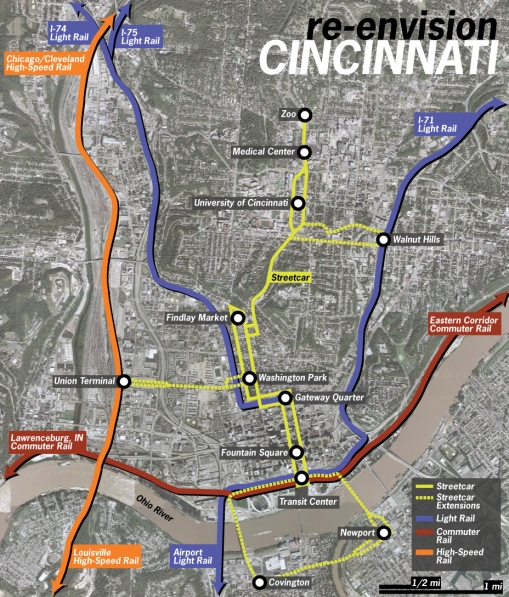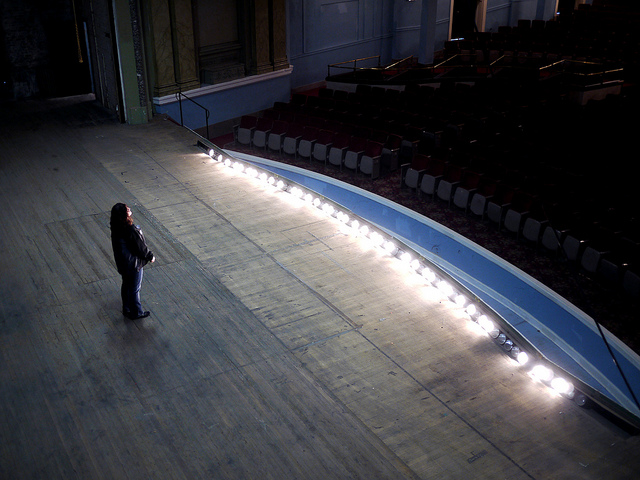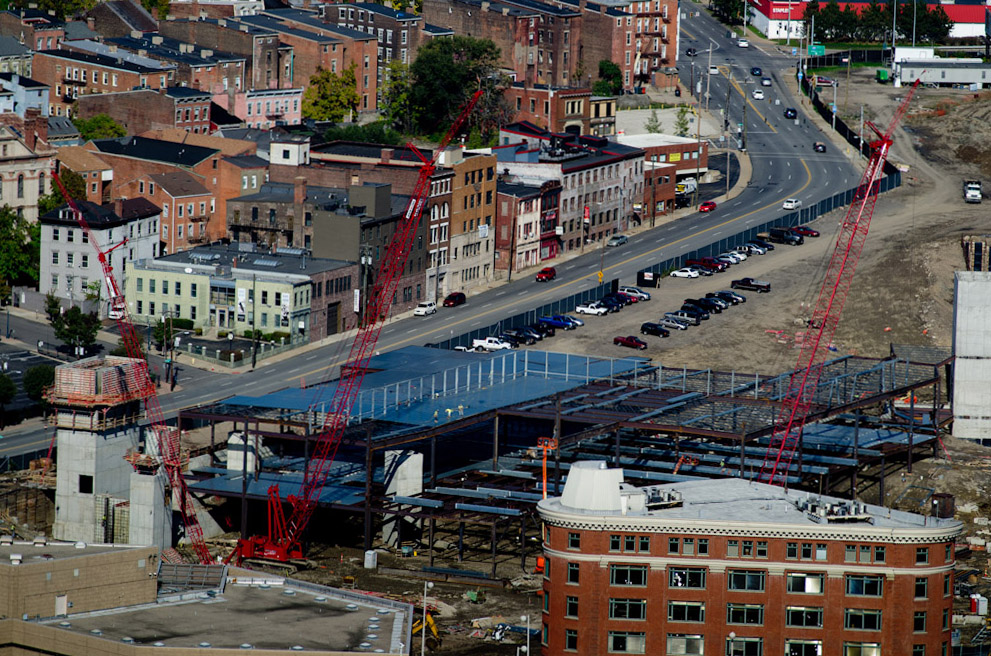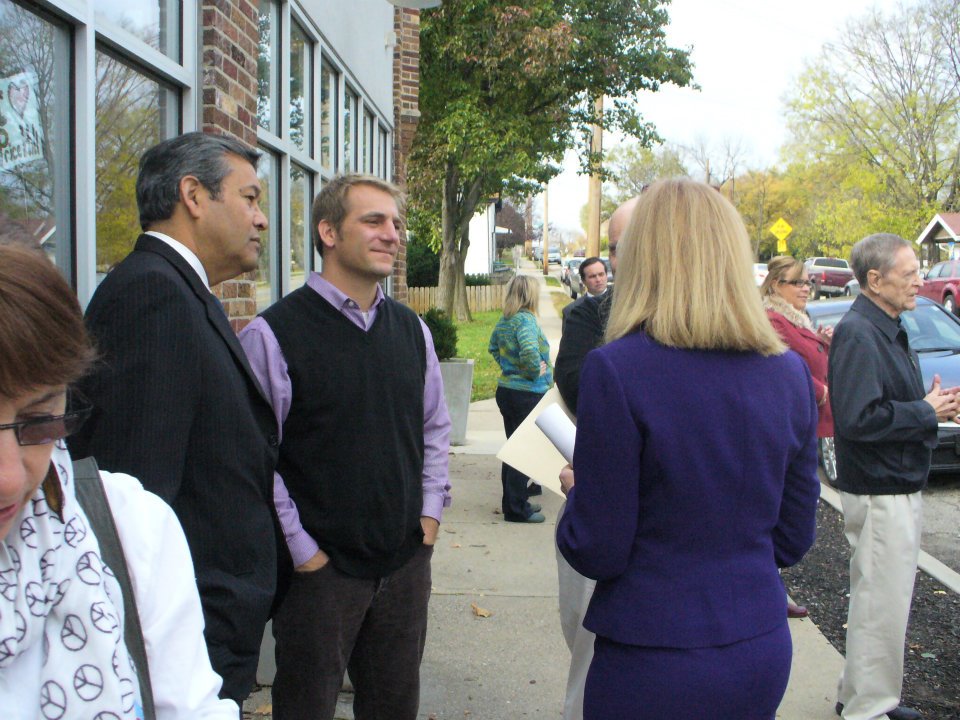Today Cincinnati voters will approve or defeat the most far-reaching public transportation ballot issue to confront any American city in recent times. The passage of Issue 48 would not just kill Cincinnati’s modern streetcar project, which has been in planning since 2007 and fully funded by 2010, but will ban all planning and construction of rail transit and passenger rail projects within the City of Cincinnati’s municipal boundaries until 2020.
Issue 48’s author, Anderson Township resident Chris Finney, has been abusing Cincinnati’s charter amendment process since the early 1990’s. He is the man who concocted 1993’s Article XII, the anti-LGBT charter amendment that attracted waves of bad publicity and cost Cincinnati an estimated $25 million in convention business until it was overturned in 2004.

In 2009 Finney’s political action committee, Citizens Opposed to Additional Spending and Taxes (COAST), partnered with the Cincinnati branch of the NAACP, then headed by ex-city councilman Chris Smitherman, to place an anti-transit charter amendment on the ballot. The broad language of Issue 9, as it became known, would have mandated a public vote on Cincinnati’s modern streetcar project as well as any other passenger rail investment, such as Ohio’s 3C Corridor proposal, within the City of Cincinnati.
Issue 9 was soundly defeated, all necessary capital funds were identified for the Cincinnati Streetcar in 2010, and groundbreaking was expected in 2011. Bolstered by the election of John Kasich (R) as Ohio’s governor in November 2010, and his controversial reallocation of $50 million in state funds this past spring, COAST regrouped with the NAACP to place another anti-transit issue on the November 2011 ballot.
The implications of Issue 48 are even more far-reaching, as the charter amendment will undo all of the planning work that has been completed for the Cincinnati Streetcar, force the city to forfeit the $25 million Urban Circulator Grant it was awarded in 2010, and cripple the city’s ability to improve its public transportation for the rest of the decade.
UrbanCincy would like to encourage you to go out and vote today. Issue 48 is one of many significant issues on this year’s ballot. You will not see our endorsements for any other issue other than public transportation this year, so please be sure to go out and vote your values. And please be sure to vote no on Issue 48.
Also, when you visit your polling place today, remember that these city council candidates support the Cincinnati’s modern streetcar project: Wendell Young (D), Kevin Flynn (C), Chris Seelbach (D), Yvette Simpson (D), Chris Bortz (R), Laure Quinlivan (D), Cecil Thomas (D), Roxanne Qualls (C), Nicholas Hollan (D), Jason Riveiro (D), Kathy Atkinson (I). A full list of individuals and organizations who oppose Issue 48 has been provided by Cincinnatians For Progress.







